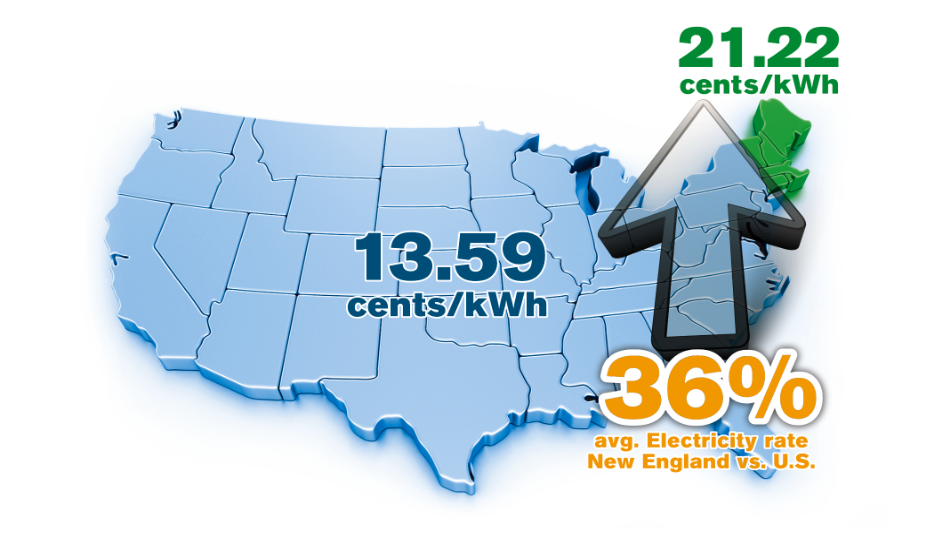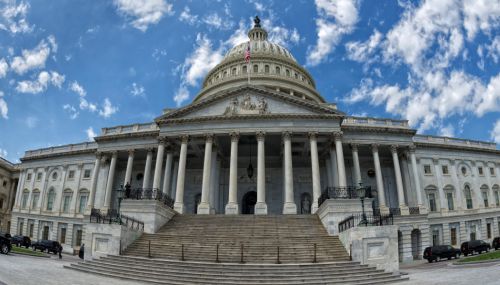All
Zero Equitability

New Englanders pay the highest electricity prices in the country
As federal, state and local policymakers look to so-called “strategic” or “beneficial” electrification as a means to decarbonize the economy, a recent survey by financial website WalletHub shows that New Englanders shoulder some of the highest electricity rates in the nation.
Four of the region’s six states — Connecticut, Massachusetts, Maine and New Hampshire — rank among the top 10 states with the highest energy costs, with Connecticut leading the nation, Massachusetts in third, Maine in sixth and New Hampshire in the 10 spot. All six of the New England states land in the top 15, with Rhode Island in 11th and Vermont at 14.
According to the survey, Massachusetts, Connecticut, and Rhode Island have, respectively, the third, fourth and fifth highest electricity prices in the country. In fact, the only states with higher electricity prices are Hawaii and Alaska, the country’s two non-contiguous states. In other words, to pay more for electricity than you do in New England you would have to travel to the north of Canada or halfway across the Pacific. Factoring in monthly consumption, Connecticut has nation’s the third highest electricity costs.
Notably, electricity is approximately three times more expensive in the states with the highest prices than in those with the lowest. The disparity is even more extreme in terms of natural gas prices, which are seven times higher in the states with the highest prices than in those with the lowest rates. Maine and New Hampshire have, respectively, the country’s third and fourth highest natural gas prices. Factoring in consumption, Massachusetts and Rhode Island have, respectively, the third and fourth highest monthly natural gas costs in the nation.
In the backdrop of these findings, the U.S. Energy Information Administration (EIA) projects that retail electricity prices for New England’s residential sector will rise from 21.22 cents per kilowatt hour (kWh) in 2021 to 23.21 cents/kWh in 2022, an increase of 9.4 percent. This is the largest year-to-year increase, by a large margin, for any region of the country.
According to EIA, at the regional level, New England’s residential sector already has what are by far the nation’s highest retail electricity prices. By comparison, the East South Central states (Alabama, Kentucky, Mississippi and Tennessee) pay just 11.73 cents/kWh, which is 44.7 percent less than New England. The average retail electricity price for U.S. residents is 13.59/kWh, or 36 percent less than what New Englanders pay.
Meanwhile, EIA projects that 23 percent of electricity generated in the U.S. will come from coal in 2021. That total is actually up from 20 percent in 2020. The reason for this increase? What else — higher natural gas prices.
Related Posts
 National Energy Choice Legislation Advances Through Committee
National Energy Choice Legislation Advances Through Committee
Posted on November 20, 2025
 New and Improved: NEFI Member Benefits Deliver More Value
New and Improved: NEFI Member Benefits Deliver More Value
Posted on October 17, 2025
 It’s Upgrade Season. Get the Sale.
It’s Upgrade Season. Get the Sale.
Posted on October 16, 2025
 The Value of Providing Value
The Value of Providing Value
Posted on October 16, 2025
Enter your email to receive important news and article updates.
